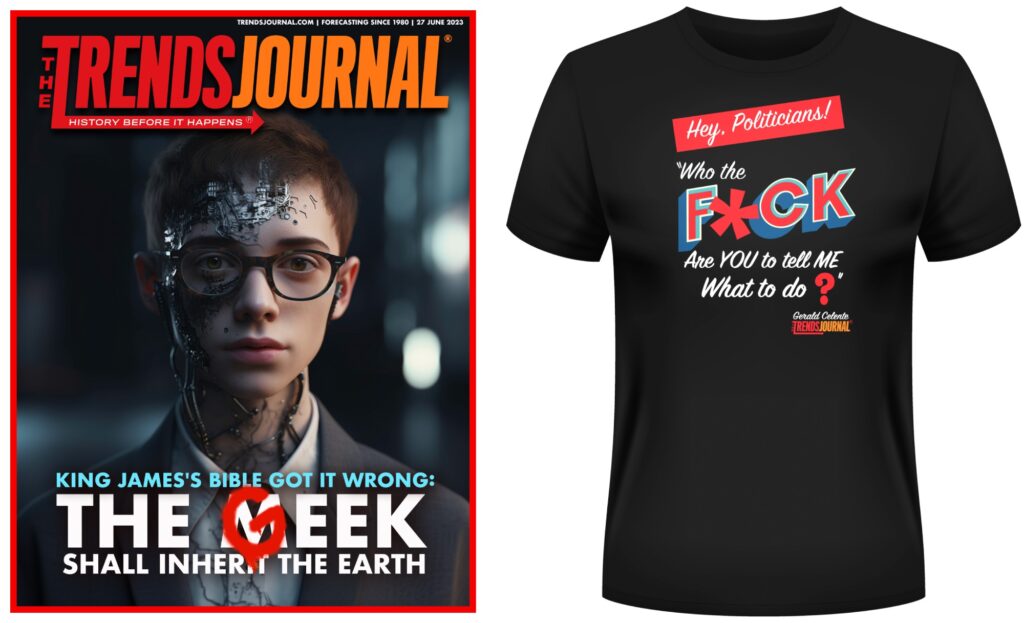U.S. consumer spending weakened by 0.4 percent in November, the first decline since April, as household incomes shrank 1.1 percent and new weekly claims for unemployment benefits remained near or above 800,000.
Spending on goods dropped 1 percent, spending on services 0.2 percent.
Big-ticket items fared worst. Auto sales were off 3.6 percent, and major appliances slipped 1.4 percent.
Purchases of cars and appliances surged through the summer and autumn as people worried about public contact bought private vehicles, and homebound families improved their living spaces.
Spending on dining in restaurants and drinking in bars also slid 3.6 percent as worries about the COVID virus’s enduring power kept consumers at home and government lockdowns closed businesses.
The drop in spending follows the end of the Paycheck Protection Program and of extended federal unemployment benefits.
Total weekly new unemployment claims could pass one million at some point this month, Ian Shepherdson at Pantheon Macroeconomics predicted to the Financial Times.
About 20.4 million Americans continue to receive unemployment payments of some kind.
TREND FORECAST: Consumer spending will moderately increase as the government extends/increases stimulus and unemployment. Simply, the more money they shell out, the more the public will spend.
This trend may be extended in 2021 should the Democrats take control of Congress… which, in fact, will be decided today in the Georgia elections.
As for America, the “Land of Opportunity,” the only way to win a political race is to be a member of “The Club.” According to the Center for Responsive Politics, more than $833 million has been spent on the two Senate races. In effect, they spent about $100 to buy one vote.

 العربية
العربية 简体中文
简体中文 Nederlands
Nederlands English
English Français
Français Deutsch
Deutsch עִבְרִית
עִבְרִית Italiano
Italiano 日本語
日本語 한국어
한국어 Latin
Latin Polski
Polski Português
Português Русский
Русский Español
Español ไทย
ไทย Türkçe
Türkçe Українська
Українська Tiếng Việt
Tiếng Việt

